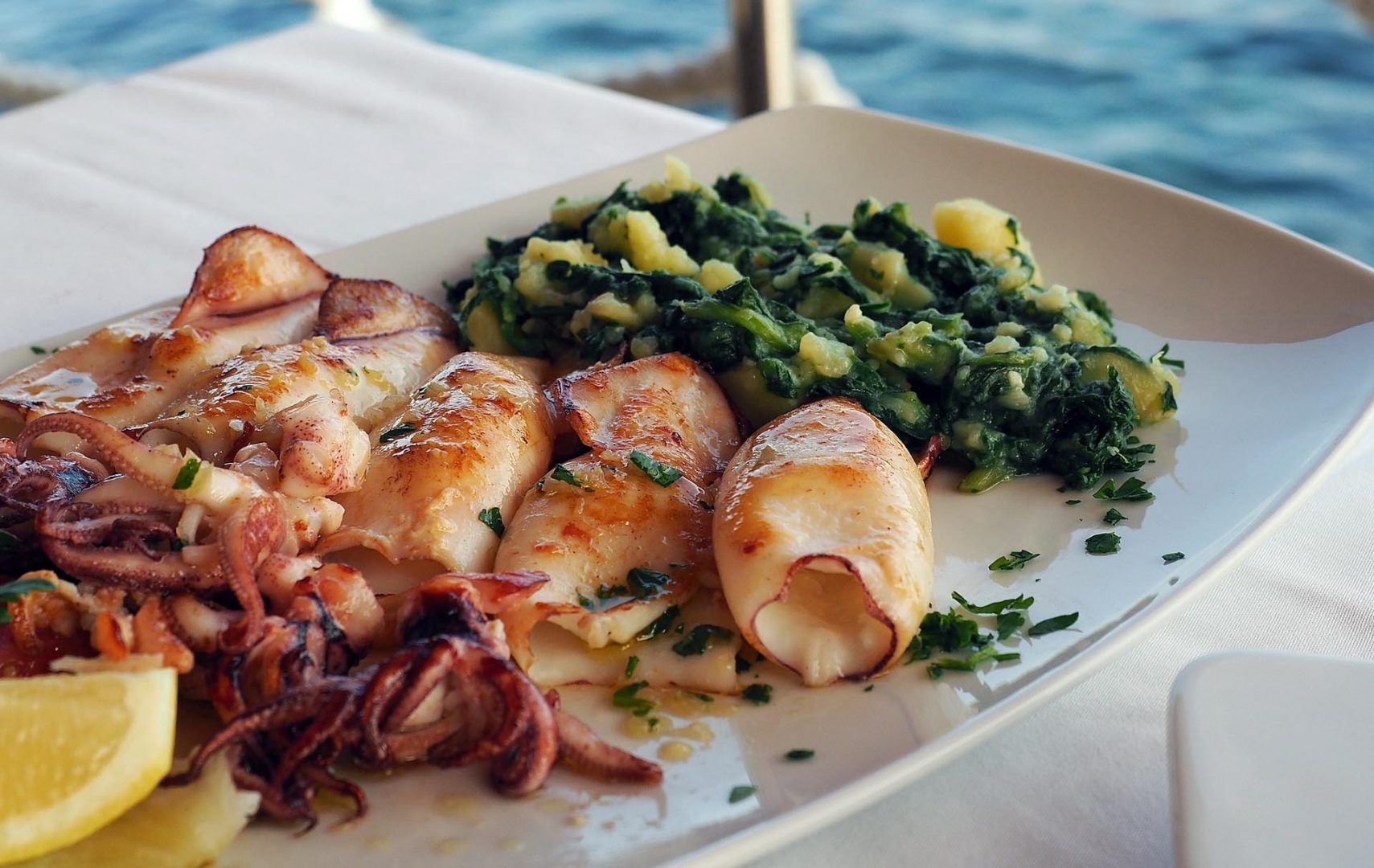Introduction: Understanding Croatian Cuisine
Croatian cuisine is a blend of various cultural influences that have shaped the country’s culinary traditions over time. Located at the crossroads of Central Europe, the Mediterranean, and the Balkans, Croatia’s food culture is a reflection of its diverse history and geography. From coastal seafood dishes to hearty meat stews, Croatian cuisine is known for its rich, flavorful, and often rustic flavors.
Historical Influences on Croatian Cuisine
Croatian cuisine has been shaped by various historical influences, including the arrival of the Illyrians, Romans, Slavs, and Hungarians. The country’s coastal regions were also influenced by Venetian and Ottoman cuisine. These cultural influences have left their mark on Croatian cuisine, evident in the dishes and ingredients used in traditional recipes. For example, the coastal region is known for its seafood dishes, while the continental regions are known for their meat-based stews and soups.
Food as a Symbol of Unity and Identity
Food is an essential part of Croatian culture, and it plays a significant role in bringing people together. Croatian cuisine has the power to unite people, regardless of their background or beliefs. Sharing food is a way of expressing hospitality and welcoming others into one’s home. It is also a way of preserving traditions and passing them on to future generations.
Regional Differences in Croatian Cuisine
Croatian cuisine is diverse, with significant regional differences in ingredients and culinary traditions. The coastal region is known for its seafood dishes, while the continental regions are known for their hearty stews and soups. The northern regions are known for their use of freshwater fish, such as carp and trout, while the eastern regions are known for their paprika-based dishes.
Traditional Croatian Dishes and Ingredients
Some of the most popular traditional Croatian dishes include Peka, which is a meat and vegetable dish cooked in a bell-shaped dome over an open fire, and Crni Rizot, a black risotto made with squid ink. Other popular ingredients in Croatian cuisine include lamb, pork, beef, and freshwater fish. Olive oil, garlic, and herbs such as rosemary, thyme, and bay leaf are also common ingredients in many Croatian dishes.
Importance of Food in Croatian Celebrations
Food plays a central role in Croatian celebrations, such as weddings, baptismal parties, and Christmas and Easter feasts. These events are often marked by the preparation of traditional dishes, such as turkey with mlinci (pasta-like side dish), sarma (cabbage rolls), and fritule (doughnut-like dessert). These dishes help to bring people together and create a sense of community and celebration.
Modern Takes on Traditional Croatian Cuisine
While traditional Croatian cuisine remains popular, there is also a growing trend towards modern, innovative cuisine in the country’s restaurants. Many chefs are incorporating traditional ingredients and techniques into modern dishes, creating a fusion of old and new. This approach has helped to promote Croatian cuisine and make it more accessible to a broader audience.
Conclusion: Preserving and Celebrating Croatian Food Culture
Croatian cuisine is a reflection of the country’s diverse history and geography. It is an essential part of the country’s cultural heritage, and it plays a vital role in bringing people together. By preserving and celebrating traditional dishes and ingredients, Croatian cuisine can continue to evolve and thrive, ensuring that it remains an integral part of the country’s cultural identity.

